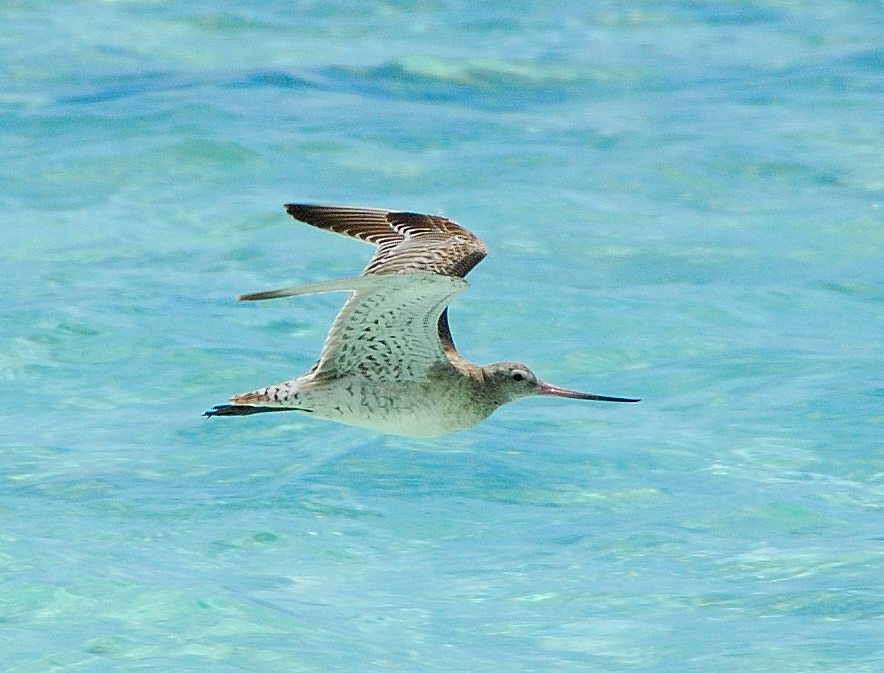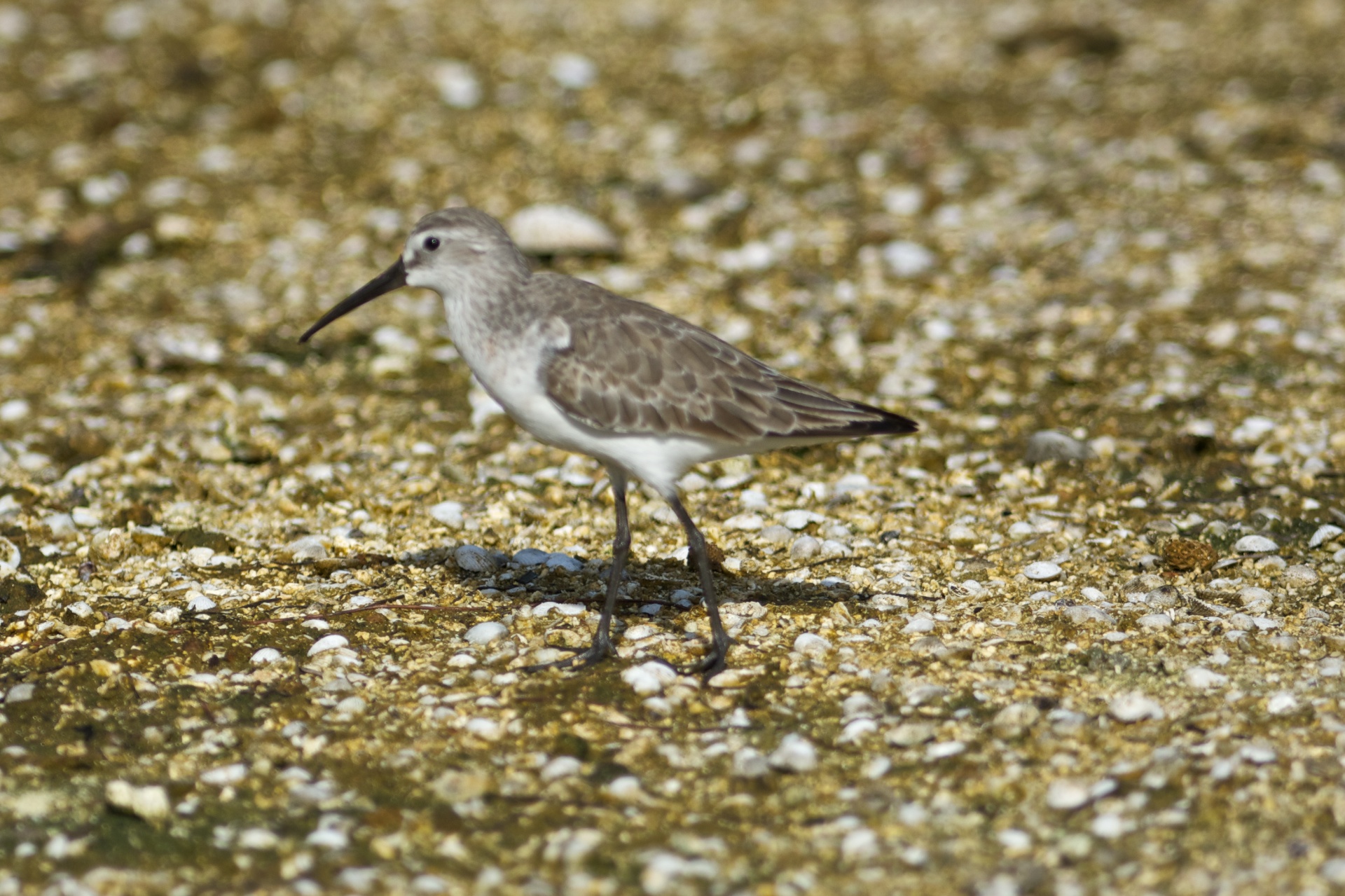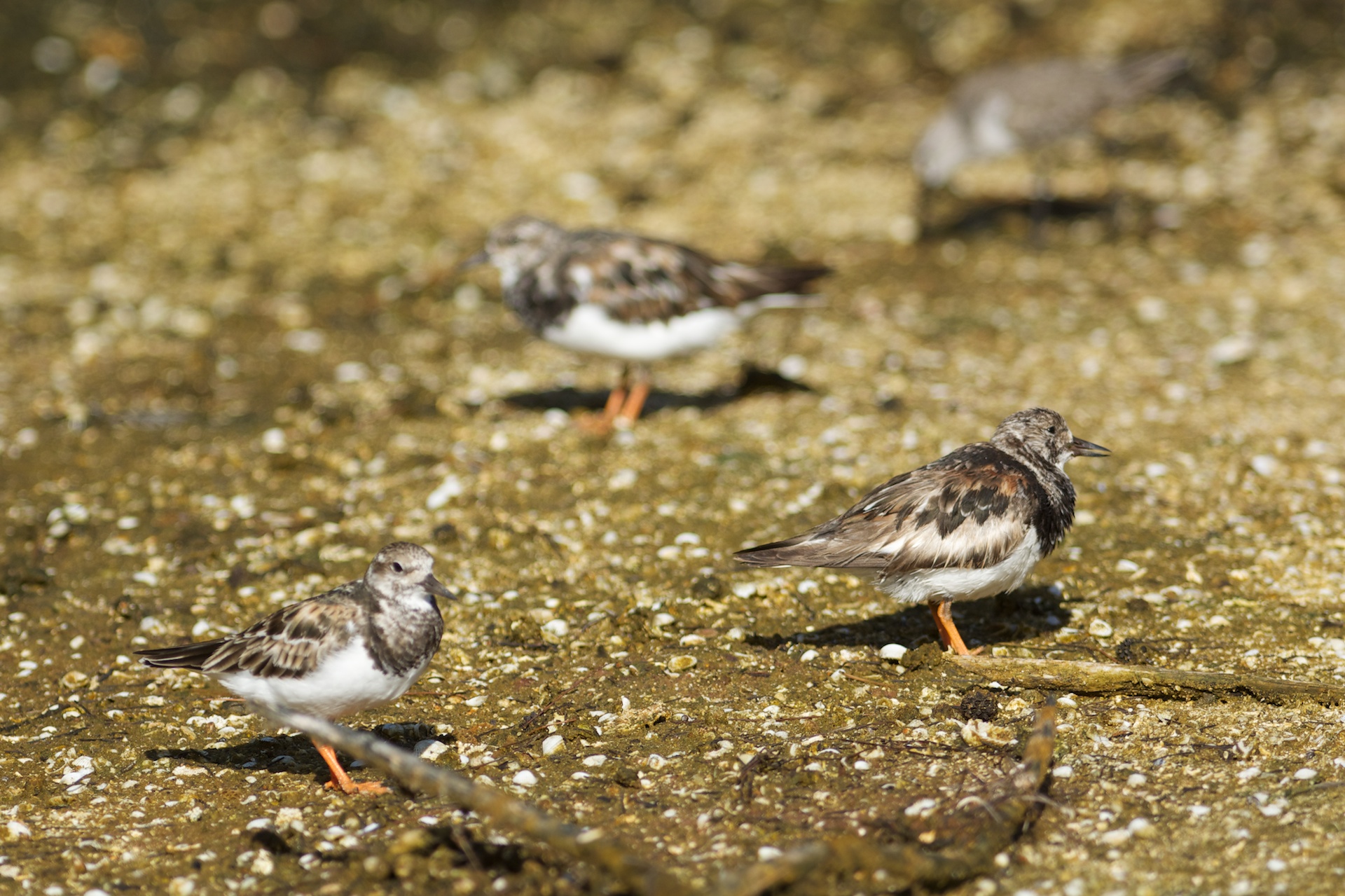Long-distance travellers
The Seychelles Bird Records Committee has classified 28 of the islands’ bird species as annual migrants, which means they use the tropical habitat of the Seychelles as a wintering ground – a warm place with ample food, where they escape the harsh winter months of their breeding sites. Seventeen of these migrants are waders, distinguished by their long bills for probing sand and mud for prey, and their long, featherless legs for wading through water. These birds feed on worms, crabs and shellfish along beaches and mudflats and in sea shallows, mangroves and wetlands.
Most waders breed far into the northern hemisphere in Siberia or the far north of Europe, approximately 10,000 kilometres from the Seychelles. There, during the short northern summer, the days are long and the huge areas of marshy ground and lakeshore become rich in insects and other invertebrates. The winters, however, are unforgiving and the birds cannot survive when the ground is frozen, so they migrate south to the Seychelles, the East African coast and other warmer places. Bird migration is therefore defined as the seasonal movement of birds from their breeding grounds to their wintering grounds.
Bird migration is perhaps one of the most remarkable, physically demanding and still mysterious events of the natural world. One of the larger waders that winters in the Seychelles is the bar-tailed godwit Limosa lapponica, which has recently been awarded the title of ‘longest nonstop flyer’. It makes the longest nonstop migration of any shorebird species by travelling 10,461 kilometres from Alaska to New Zealand, one way, without stopping. The individuals that come to the Seychelles are not living to their full potential, as they don’t fly as far. Bar-tailed godwit numbers peak between October and March.
Smaller migratory waders that are more common on D’Arros include the common sandpiper Actitis hypoleucas and ruddy turnstone Arenaria interpres. Common sandpipers are recorded in the Seychelles mainly between September and April. Solitary birds are usually seen walking briskly along the margin of the shoreline, bobbing their tails rhythmically. This species breeds throughout Europe and Russia before moving south to warmer climates.
The ruddy turnstone is the most common wading bird in the Seychelles and is often found in flocks of more than 30 individuals. It can be seen in any month, although most often between September and April. These stocky waders forage along rocky shores and mudflats, building up their body weight before they leave for Arctic shores to breed. They can be recognised by their short orange legs, rufous underparts and a white and black chest collar.
With the help of modern technology and long-term studies, researchers are now answering questions like how birds find their way across such long distances, or how they know when to leave. For example, developments such as satellite technology are providing direct evidence about the length and duration of migratory flights and where individual birds make stopovers. More recent concepts, like the effects of climate change on the timing of spring migrations, have also captured the interest of ornithologists. Bird migration is such a dynamic topic, but for me it’s just so pleasing to observe all these waders along the shores of D’Arros and St Joseph islands and wonder where they have been and what they have seen.



